Kyoto, with its 1,600 Buddhist temples, 400 Shinto shrines, and 17 UNESCO World Heritage Sites, draws millions of visitors annually. While iconic spots like Kinkaku-ji and Fushimi Inari deserve their fame, the true essence of this ancient capital often hides in its less-traveled corners.
The beauty of Kyoto isn’t just in checking landmarks off a list—it’s about experiencing the city’s living traditions, everyday rhythms, and quiet moments of beauty. Here is a list of 20 ways to explore Kyoto beyond the typical tourist routes, allowing you to discover the authentic heart of Japan’s cultural capital.
Dawn Patrol at Temples

Arriving at popular temples like Kiyomizu-dera at 6 AM transforms the experience entirely. The morning light casts ethereal shadows across ancient wood structures while monks perform their morning rituals.
Before the tour buses arrive, many temples open their gates, giving early risers a private viewing of Japan’s most sacred spaces.
Northern Hiking Trails
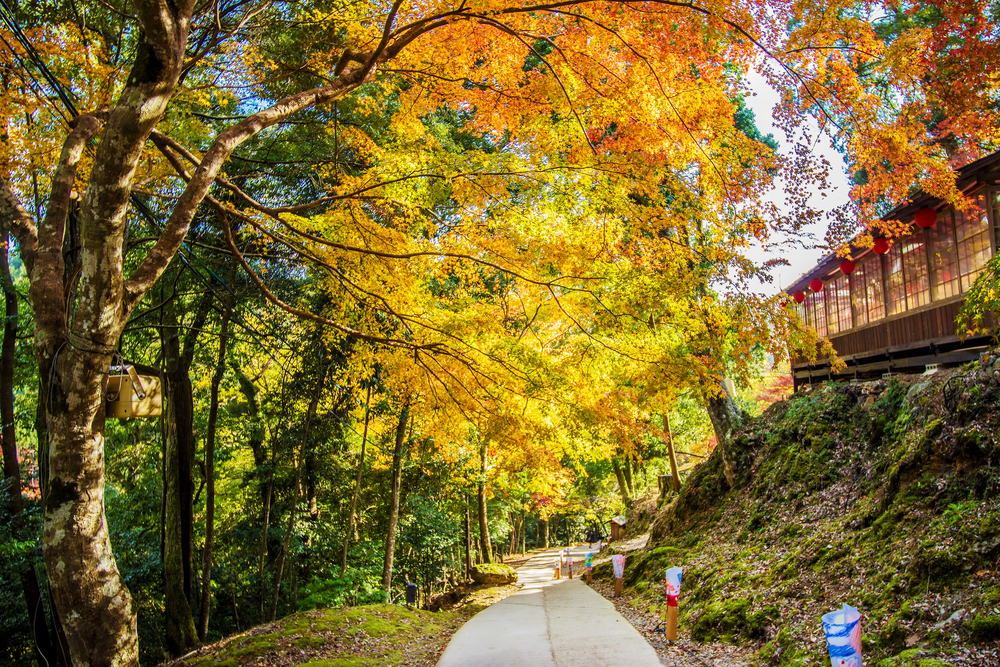
The northern mountains offer spectacular hiking with minimal foot traffic even during peak season. The Kitayama area features well-maintained trails that connect remote temples and offer panoramic views of the city basin.
These paths once served as meditation routes for mountain ascetics and retain their spiritual atmosphere centuries later.
Like Travel Pug’s content? Follow us on MSN.
Philosopher’s Path Detours

While tourists crowd the main Philosopher’s Path, dozens of smaller lanes branch off into quiet residential areas with unique charm. These stone pathways lead to neighborhood shrines, tiny cafés, and traditional homes with immaculate gardens.
Walking 300 feet off the main route can transport you into a completely different, tourist-free Kyoto.
Flea Market Treasures
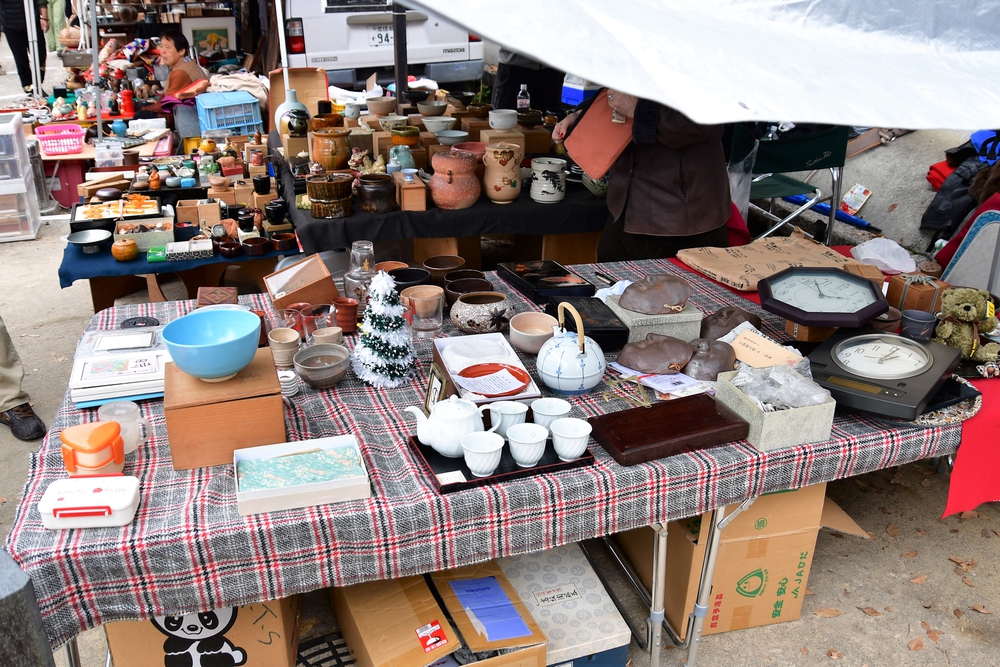
Monthly temple markets like Toji’s Kobo-san offer a fascinating glimpse into Japanese antiques and crafts without the markup of souvenir shops. Local vendors display everything from centuries-old kimonos to handcrafted kitchen tools used in traditional cooking.
Arriving early helps beat crowds and the afternoon heat that can make browsing uncomfortable.
Riverside Picnics
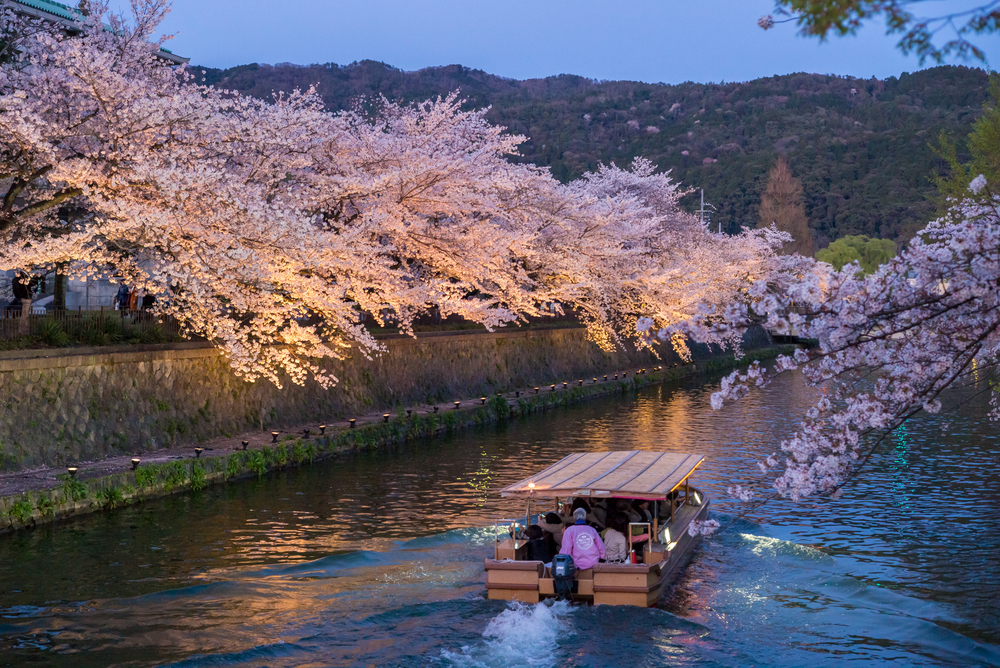
The banks of the Kamo River transform into popular gathering spots for locals during warm evenings. Bring a simple bento box and join Kyotoites on the wide stone steps as they enjoy dinner and watch the sunset.
The atmosphere becomes especially lively between the Shijo and Gojo bridges, where street musicians often perform impromptu concerts.
Like Travel Pug’s content? Follow us on MSN.
Machiya Cafés
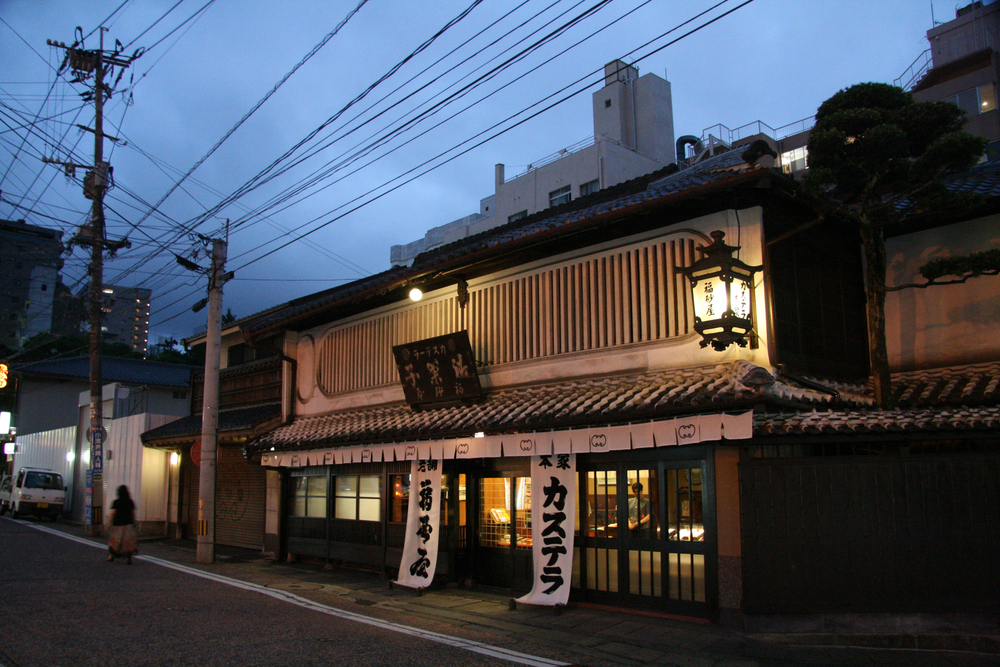
These traditional wooden townhouses once housed merchants, but now hide some of Kyoto’s coziest cafés behind their unassuming facades. Unlike tourist-oriented establishments, machiya cafés in residential areas serve locals first and rarely appear in guidebooks.
Many offer seasonal wagashi (Japanese sweets) paired with carefully prepared matcha in settings that have remained unchanged for centuries.
Bicycle Exploration
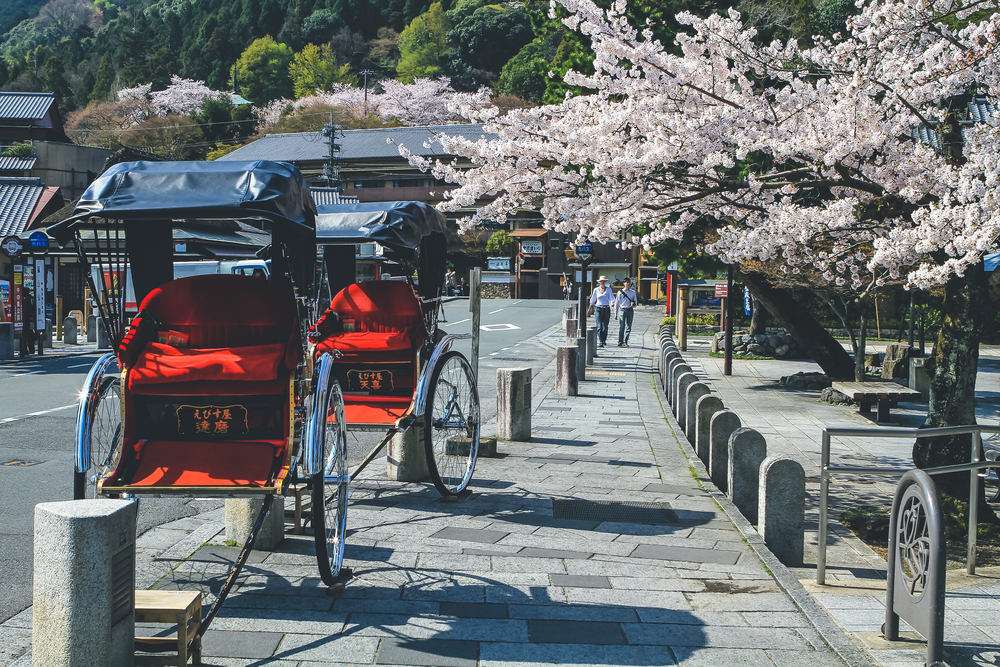
Kyoto’s flat geography makes it perfect for cycling, with numerous rental shops offering bikes for less than $10 per day. The northwestern Arashiyama area becomes much more accessible when explored on two wheels, allowing you to cover more ground and discover viewpoints missed by bus tours.
Local bike maps highlight routes designed to avoid major thoroughfares and tourist congestion.
Neighborhood Bathhouses

Public bathhouses (sento) remain central to Japanese community life despite modern apartments having private facilities. These gathering spots offer insight into daily Japanese life impossible to observe otherwise, with neighborhood residents of all ages converging to soak and socialize.
The public bathing ritual might initially feel unfamiliar, but it provides genuine cultural immersion beyond any curated experience.
Like Travel Pug’s content? Follow us on MSN.
Handicraft Workshops
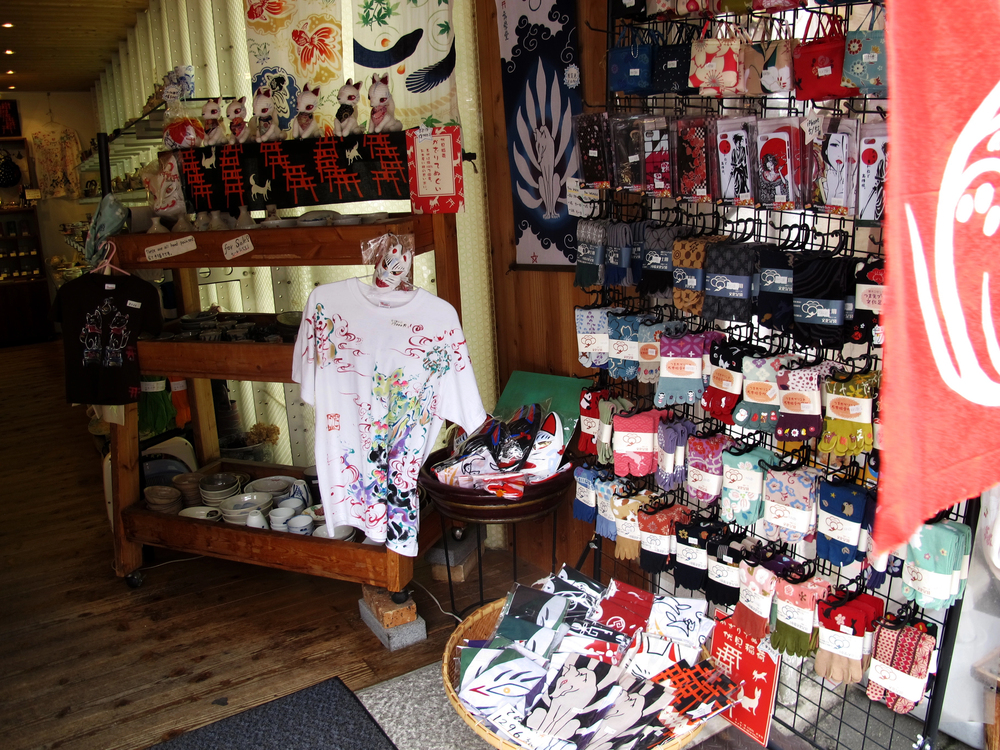
Instead of buying souvenirs, create your own authentic Kyoto craft under the guidance of local artisans. Small workshops throughout the city offer hands-on experiences making traditional items like washi paper, wooden combs, or ceramic tea bowls.
These intimate classes typically accommodate 4–6 participants, ensuring personal attention and meaningful cultural exchange.
Foodie Alleyways
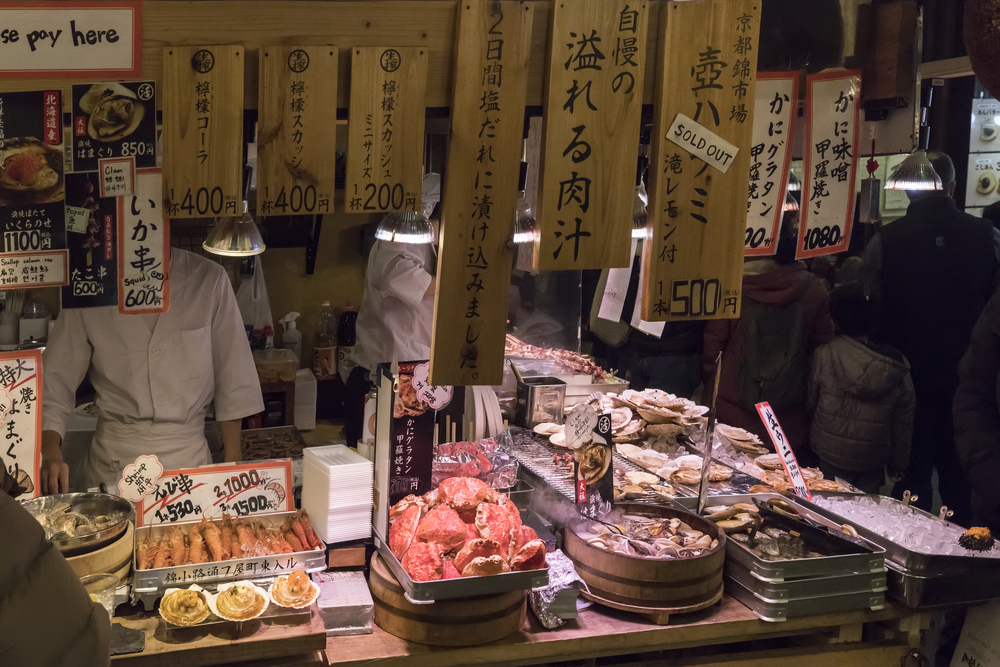
Pontocho and Kiyamachi get all the attention, but smaller food streets like Shinkyogoku and Nishiki’s side alleys offer equally delicious options without reservation requirements. Family-run establishments serving regional specialties have thrived here for generations, operating on word-of-mouth rather than online reviews.
Look for places with handwritten menus and counter seating for the most authentic experience.
Morning Fish Markets

The wholesale section of Kyoto’s central market opens to the public after professional buyers finish their rounds around 9 AM. Vendors often offer samples of seasonal specialties and demonstrate traditional cutting techniques not seen in supermarkets.
The adjacent restaurant row serves breakfast featuring just-purchased ingredients, providing what may be the freshest meal in the city.
Like Travel Pug’s content? Follow us on MSN.
Forest Shrines
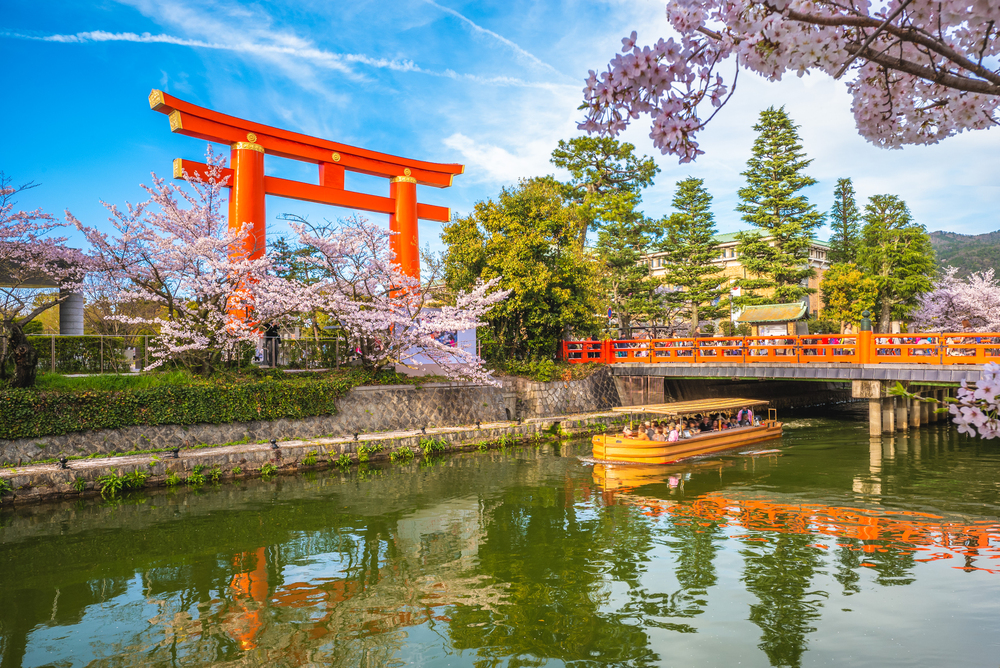
While famous shrines draw tour groups, hundreds of smaller forest shrines are nestled throughout Kyoto’s unvisited wooded areas. These atmospheric sacred spots maintain traditions dating back to Japan’s animist roots and pre-Buddhist spiritual practices.
The quiet solitude of these spaces offers the contemplative experience most visitors hope to find at major religious sites.
Local Festivals
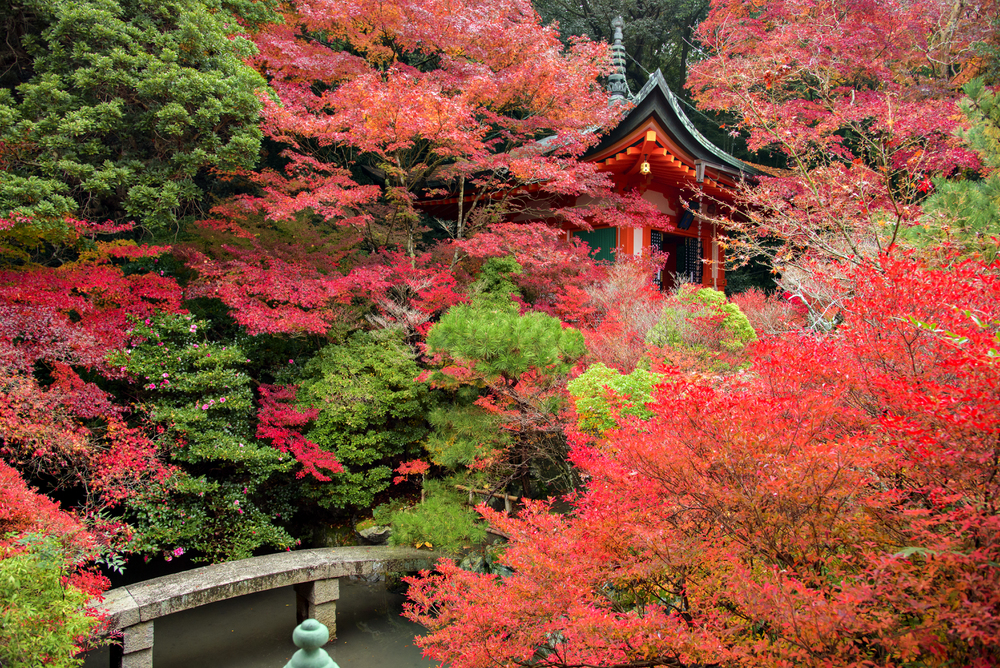
Beyond famous events like Gion Matsuri, neighborhood festivals occur almost weekly in Kyoto with virtually no tourist presence. These community celebrations honor local deities, seasonal changes, or historical events specific to just a few blocks of the city.
Unlike commercialized events, these festivals maintain authentic traditions and welcome respectful visitors with genuine hospitality.
Meditation Sessions
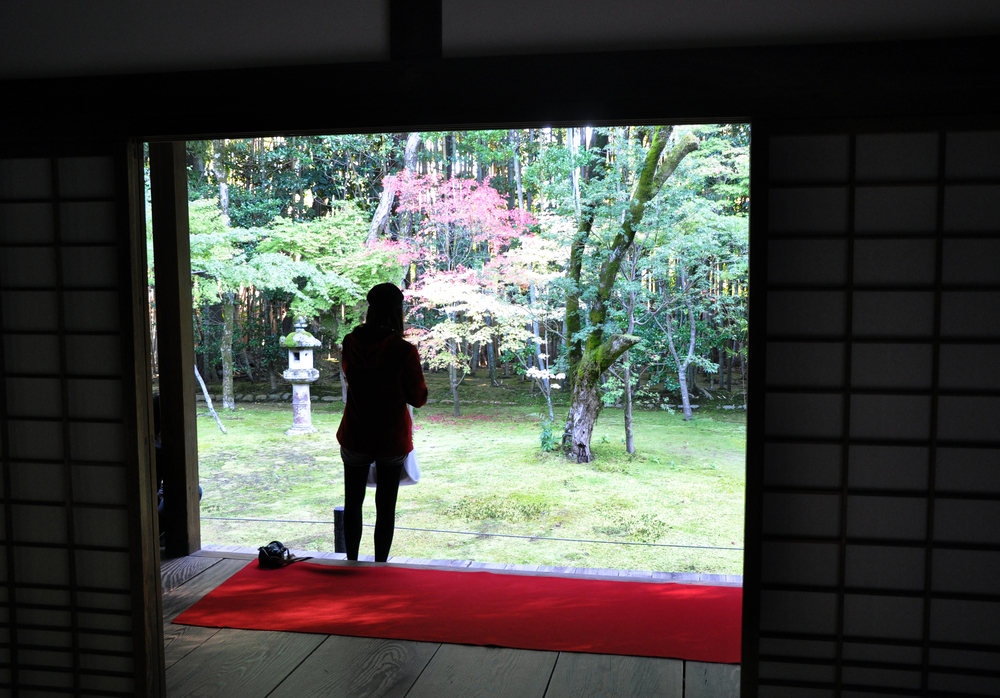
Several temples offer morning meditation sessions open to visitors but rarely promoted to tourists. These zazen practices provide insight into Zen Buddhism beyond what any guidebook can explain.
The experience typically includes basic instruction in English followed by a 30-minute seated meditation and brief tea ceremony, all before most travelers have finished their hotel breakfast.
Like Travel Pug’s content? Follow us on MSN.
Kyoto’s Hidden Gardens
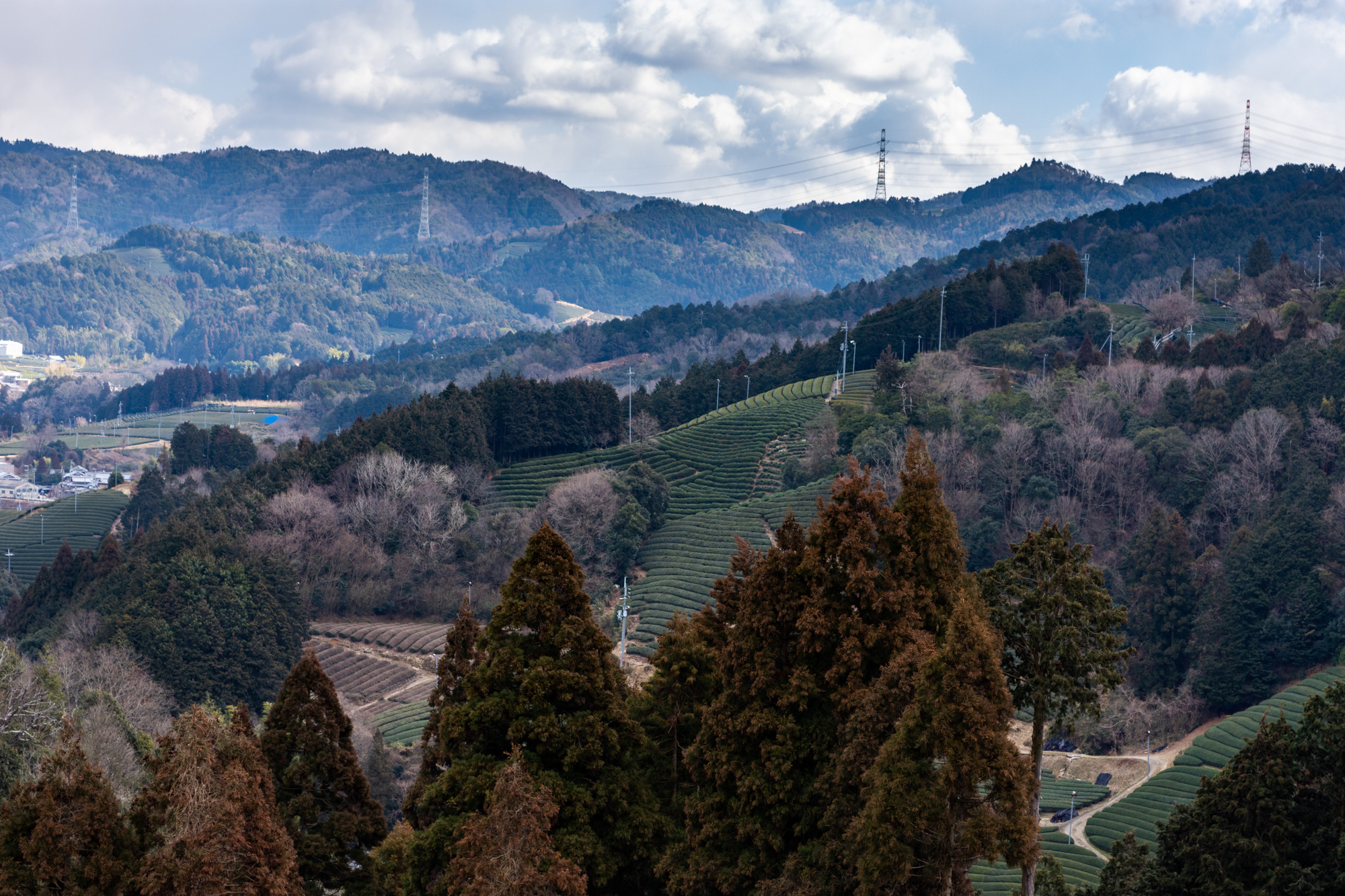
Many of Kyoto’s most exquisite gardens hide behind temple walls, which charge no admission fee and have almost no visitors. These spaces were designed for contemplation rather than sightseeing attractions, with seasonal plantings that change the atmosphere throughout the year.
Spending time alone in these gardens offers a meditative experience increasingly difficult to find at famous sites.
Sake District Tours
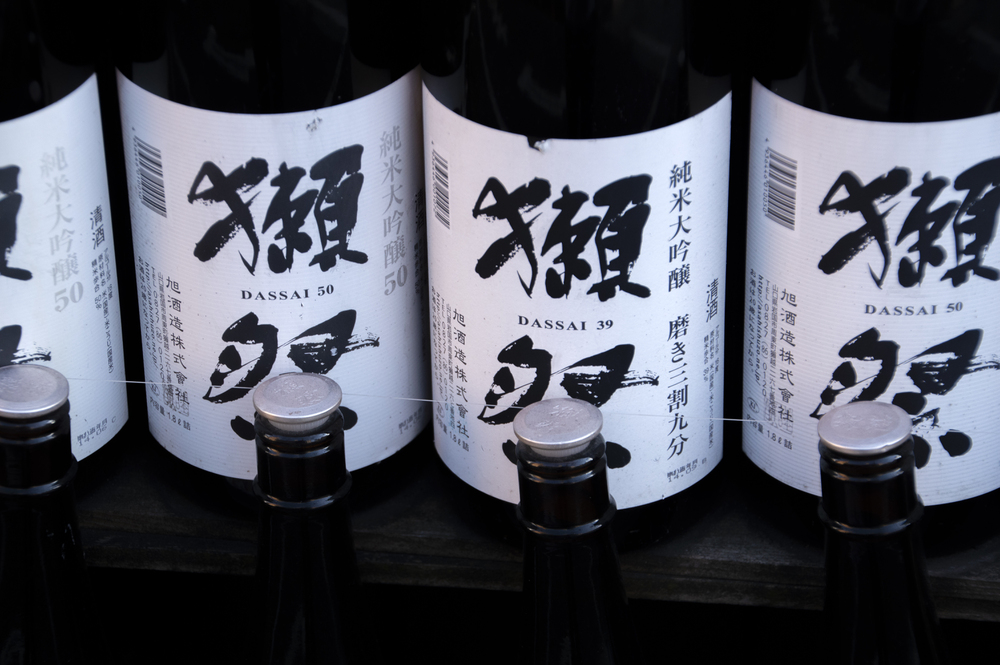
The Fushimi sake district produces some of Japan’s finest rice wine in facilities open for self-guided exploration. Unlike organized tours, wandering independently through the whitewashed brewery buildings allows genuine interaction with workers practicing centuries-old techniques.
Many smaller producers offer tasting rooms where visitors can sample limited batches never exported outside Japan.
Traditional Craft Museums

Specialized museums dedicated to traditional crafts like textiles, lacquerware, and paper-making receive a fraction of the visitors that flock to general history museums. These focused collections often include workshop spaces where artisans demonstrate techniques passed down through generations.
Curators at these smaller institutions frequently engage personally with visitors, offering insights impossible in larger, more crowded venues.
Like Travel Pug’s content? Follow us on MSN.
Preserved Merchant Districts

Beyond the famous Gion district, several former merchant neighborhoods maintain their historical character without becoming tourist attractions. Areas like Nishijin and parts of Shimabara feature narrow lanes lined with beautifully preserved traditional architecture that still function as residential spaces.
Walking these streets offers glimpses into living history as residents maintain buildings and traditions that date back centuries.
Local Train Journeys

The private Eizan and Keifuku train lines connect rural temples and villages overlooked by standard itineraries. These single-car trains wind through bamboo forests, mountain passes, and farming communities just minutes from central Kyoto but worlds apart in atmosphere.
The journey becomes an experience, with panoramic windows showcasing seasonal beauty and rural Japanese life.
Night Walks

Kyoto transforms after dark when illumination highlights architectural details invisible during daylight hours. The eastern Higashiyama district becomes particularly magical when lanterns light narrow stone pathways between temples.
Night exploration benefits from cooler temperatures during summer and dramatically reduced crowds year-round, with many photography opportunities impossible during busy daylight hours.
Like Travel Pug’s content? Follow us on MSN.
Kyoto’s Timeless Appeal
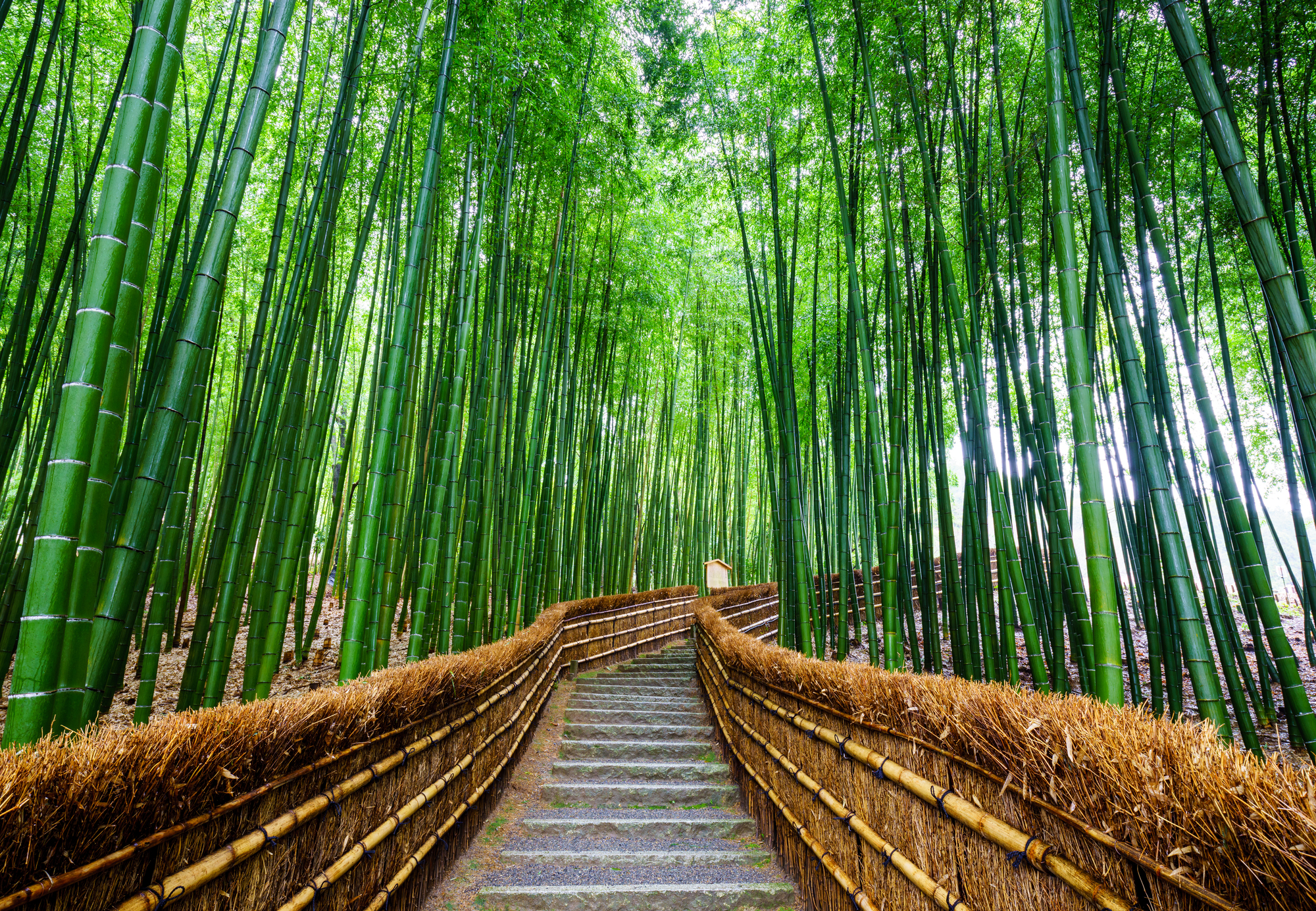
Venturing beyond Kyoto’s famous attractions reveals a city still deeply connected to traditions that shaped Japanese culture for over a millennium. The everyday rituals, seasonal celebrations, and meticulous craftsmanship continue uninterrupted despite centuries of change.
Kyoto rewards travelers willing to step away from predetermined routes with authentic experiences increasingly rare in our standardized world. The most meaningful memories often come not from photographing famous landmarks but from unexpected moments of connection in the spaces between them.
More from Travel Pug

- Cities Growing so Fast You Won’t Recognize Them in 10 Years
- 13 Destinations Where Tourists Regularly Regret Their Trip
- 16 U.S. Cities That Are Quietly Becoming Travel Hotspots
- Where to Travel If You Love Long Bus Rides and Daydreams
- 20 Cities Perfect for Solo Travelers Who Crave Adventure & Culture
Like Travel Pug’s content? Follow us on MSN.
